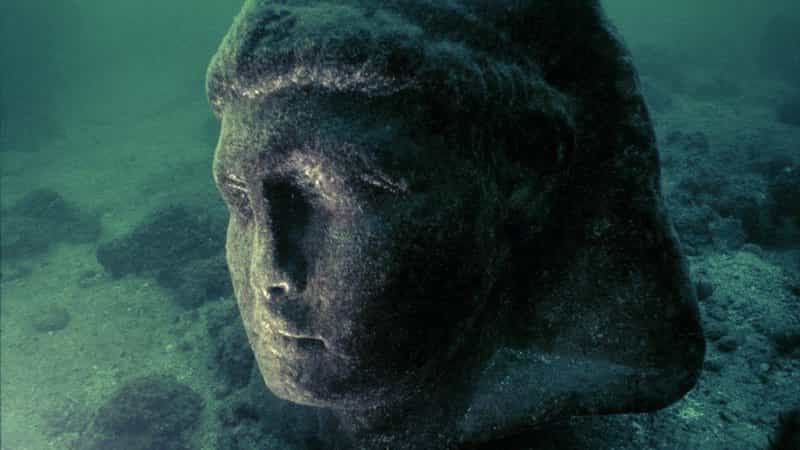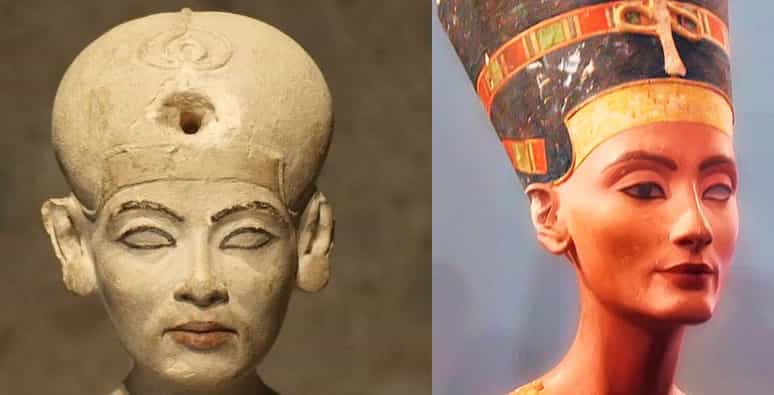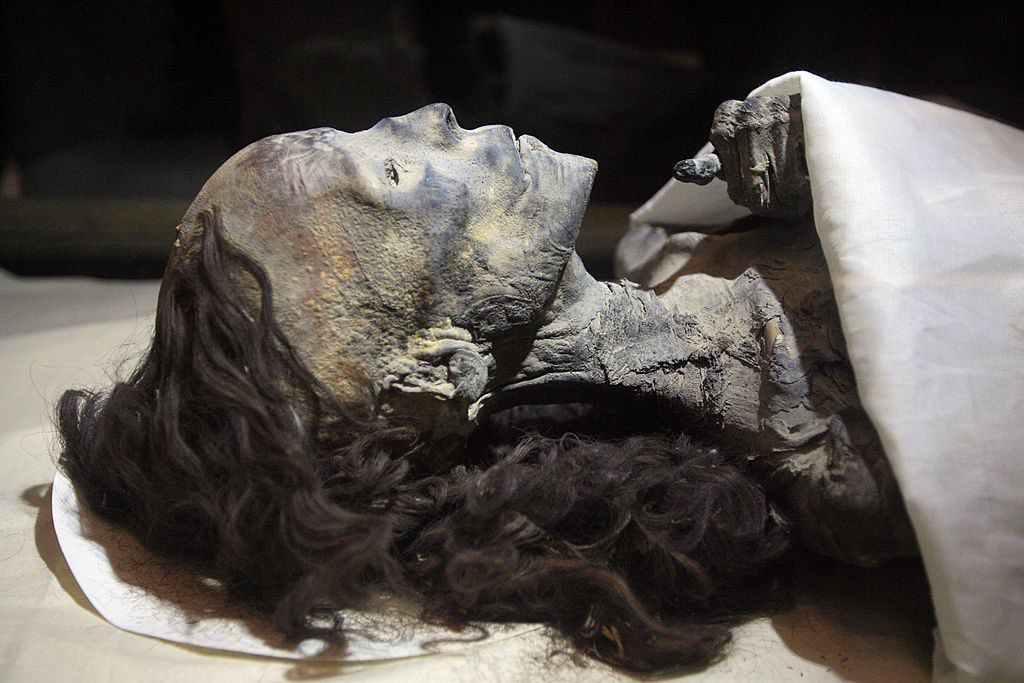Queen Tiye’s Family and Early Life
Also known as Taia, Tiy, or Tiyi, Queen Tiye was born in 1398 BC. Her father, Yuya, was a provincial priest in the town of Akhmim and also served as a commander of the royal chariots. He owned a significant amount of land and was considered one of the wealthiest Egyptians of the time. Queen Tiye’s mother, Tjuya, who was also known as Thuya or Tjuyu, was a servant of the queen mother, Mutemwiya.
It is believed that due to their elevated status, the family lived in the palace. Queen Tiye is believed to have lived there, even though she was not of royal blood herself.
History has it that she had a brother named Anen, who later became the second prophet of Amun.
Although not much evidence connects them, scholars also believe that Queen Tiye might have had another brother named Ay, who took over as pharaoh after Tutankhamun’s death.
Queen Tiye would later marry Amenhotep III. Historical records indicate that they had at least seven children, though there may have been more.
Their known children were Sitamun (the eldest daughter), Isis, Henuttaneb, Nebetah, Crown Prince Thutmose, Amenhotep IV/Akhenaten (who succeeded his father as Pharaoh and was the husband of Nefertiti), and Smenkhkare.
Queen Tiye’s Nubian Descent
Queen Tiye’s parents, as some scholars argue, were not Egyptian. They base this argument on the fact that their names did not sound Egyptian at all.
Some even attribute Tiye’s style of rule to her Nubian heritage, suggesting it followed the customs of Nubian female rulers. However, this theory lacks substantial support, as Egyptian women were also highly regarded compared to women in other ancient cultures. Therefore, there is no reason to attribute Queen Tiye’s mode of rule to Nubian traditions.
Influence
Queen Tiye is often regarded as the most influential queen in all of ancient Egypt’s history.
It is believed that, in addition to her wisdom and resilience, she held significant influence within the Egyptian courts and was highly cherished by the king.
As the king’s right-hand adviser, she earned respect both domestically and abroad. Notably, she became the first queen of Egypt to have her name appear on official acts, and her name is prominently featured on the monuments of her king.
Further attesting to Queen Tiye’s influence is the fact that her name was inscribed within a cartouche, a distinction typically reserved for kings.
Queen Tiye’s Death
Queen Tiye is believed to have passed away in 1338 BCE, twelve years following her husband’s demise. At that time, her son, who was perceived as a relatively “weak” king, ruled Egypt.
During his reign, Egypt experienced territorial losses and a gradual weakening of its power. It is even suggested that the king, deeply immersed in his newfound religion, left the affairs of the state to be managed by his mother and wife, Nefertiti.
The death of Queen Tiye eventually marked the decline of the 18th dynasty.
Queen Tiye’s Burial and Mummy
Egyptologists initially believed that Queen Tiye was first interred in Akhenaten’s tomb in Amarna, based on incomplete inscriptions open to various interpretations.
She was laid to rest alongside her son and granddaughter, Meketaten, and later reburied in her husband’s tomb. The speculation that she was buried in Amenhotep III’s tomb was primarily based on the discovery of her Shabti dolls within that tomb.
Her mummy was discovered in 1898 by archaeologist Victor Loret in Amenhotep II’s tomb. Initially, little was known about the mummy, and it was referred to as “The Elder Lady,” while her granddaughter’s mummy was termed “The Younger Lady.”
Subsequent research on the 18th dynasty led scholars to a consensus that “The Elder Lady” was indeed Queen Tiye. In 2010, DNA analysis formally identified “The Elder Lady” as Queen Tiye, with hair found in Tutankhamun’s tomb providing a match.
Today, her mummy is housed in the Egyptian Museum in Cairo, Egypt.
Queen Tiye’s Bust and Sculpture
Recently, an alabaster statue of Queen Tiye was discovered in Luxor, Egypt, as archaeologists were attempting to excavate the statue of King Amenhotep III, buried beneath the sand.
Her bust is on display at the Ägyptisches Museum in Berlin, Germany.
Read more: Egyptian Atlantis: The submerged palace of Cleopatra, the last queen of Egypt

Read more: Why is Nefertiti missing an eye?… What Happened to Queen Nefertiti?








I love this history